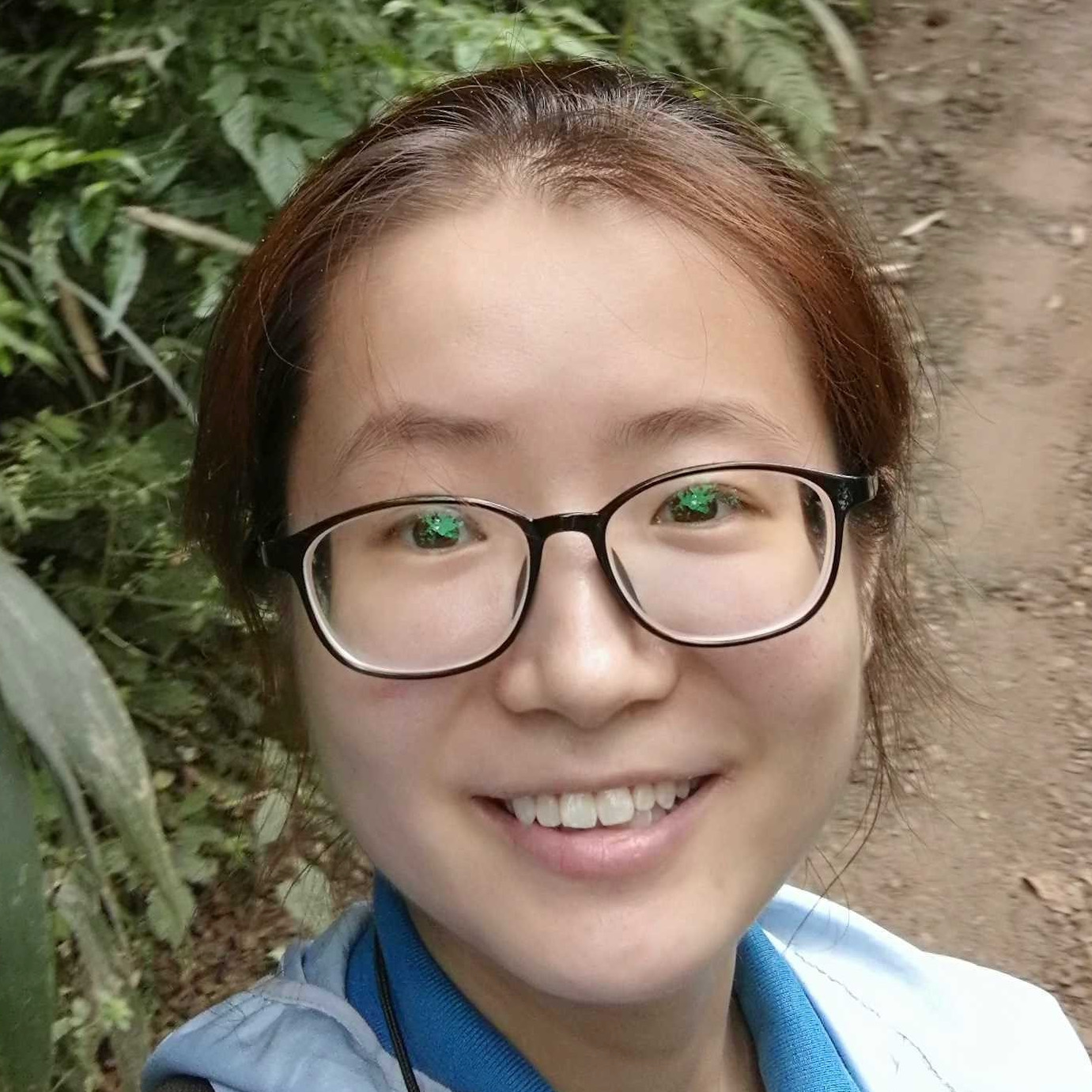Projects in the first funding phase
Core-project: Global patterns of genomic innovations
New experimental and computational techniques provide exciting opportunities to study the evolutionary his- tory of genomes and to reconstruct the emergence of new traits from an integrated, phylogenomic perspective, way beyond the limited perspective of model species. GEvol will exploit these opportunities by connecting researchers from complementary fields, including genomics, bioinformatics, evolutionary ecology, molecu- lar evolution, and developmental biology to unravel the dynamics of major genomic innovations underlying novel traits in insects.
This project will knit together several strands of research from within the SPP and focus on the gain and loss of transcripts, genes, domains and regulatory motifs related to, e.g. sociality or mating systems; complex systems of communication and defence, developmental and morphological innovations and plasticity. The project will combine multiple genomic and other OMIC resources (e.g., genomics, transcriptomics and epigenomics), allowing for comparative evolutionary genomic studies to delineate past events, even many million years ago. We will study the roles of coding vs. regulatory changes, transposable elements, epigenetics, gene family evolution, copy number dynamics and structural genomic rearrangements.
In first place we will focus on genomic innovations, comprising the expansion or contraction of gene families, including the de novo emergence of novel genes and the prevalence and effects of gene losses. We will study the frequency at which novel protein domains are gained or lost and how they are rearranged. Through collaborations, we will develop tools for automated integration of new data from annotation pipelines with the objective to compute selection signatures across the whole
insect phylogeny and relate them to phenotypic innovations and transitions in gene regulation.
Project Team
Publications
Book chapter: Feldmeyer, Barbara; Bornberg-Bauer, Erich; Dohmen, Elias; Fouks, Bertrand; Heckenhauer, Jacqueline., Huylmans, Ann Kathrin; Jones, Alun RC; Stolle, Eckart and Harrison, Marc C, 2023
Comparative Evolutionary Genomics in Insects
Dohmen, Elias; Aubel, Margaux; Eicholt, Lars A.; Roginski, Paul; Luria, Victor; Karger, Amir; Grandchamp, Anna
DeNoFo: a file format and toolkit for standardised, comparable de novo gene annotation
In: Bioinformatics, vol. 40, iss. 10, pp. btaf539, 2025.
Grandchamp, Anna; Aubel, Margaux; Eicholt, Lars A.; Roginski, Paul; Luria, Victor; Karger, Amir; Dohmen, Elias
De Novo Gene Emergence: Summary, Classification, and Challenges of Current Methods
In: Genome Biology and Evolution, pp. evaf197, 2025.
Webserver
https://gevol-viewer.uni-muenster.de/
Conflict or cooperation between transposons and their Drosophila hosts?
Telomeres, repetitive DNA at chromosome ends, protect coding DNA from the shortening of chromosomes at cell replication. In most eukaryotes, telomeres are maintained by the enzyme telomerase. Accordingly, Diptera are unusual because they have lost telomerase. Alternative telomere-maintenance strategies include, among others, telomere-specific transposable ele- ments that maintain telomeres by replication at chromosomal ends. In our project FlyInnovation, we will determine if telomere-specific transposable elements are a genomic innovation for preserving telomeres in the absence of telomerase or simply selfish genetic elements avoiding host-silencing in a genomic safe-site.
Project Team
Publications
Omole,Adekanmi Daniel; Czuppon, Pete
Maintenance of long-term transposable element activity through regulation by nonautonomous elements
In: Genetics, 2025
Dynamics of chromosome evolution in termites: Inbreeding, translocations and sociality
Inbreeding is widespread in insects and may have negative effects on individual fitness. In social insects, only a few individuals reproduce often with related individuals. Inbreeding could thus encourage kin selection and plays a role in the evolution of eusociality. One very interesting trait that may occur due to inbreeding is the formation of ring chromosomes and chromosome chains. Ring chromosomes have been observed in male meiosis of several termite species and may increase the rate of translocations via uneven break-ups. Furthermore, this also involves the sex chromosomes and may thus enable fast evolution of sex determination. Furthermore, inbreeding may impact male and female fitness differently, as has, for example, been shown for immunity in Lepidoptera and crickets.
While the X chromosome in termites shows at least in parts homology to that of cockroaches from which termites have evolved, the Y chromosome is young and must have appeared at the base of the termites. It is likely that this new sex chromosome has evolved from a fusion or translocation, possibly as a consequence of increased inbreeding with the onset of sociality. We will investigate chromosome evolution in termites to answer questions with regard to the evolution of sociality, inbreeding, and sex determination.
Project Team
Publications
Fraser, Roxanne; Moraa, Ruth; Djolai, Annika; Meisenheimer, Nils; Laube, Sophie; Vicoso, Beatriz and Huylmans, Ann Kathrin
Recurrent sex chromosome turn-over in termites
In: Preprint
Evolutionary genomics of sociality in beetles
Although sociality is rare in insects, various types of social lifestyles have evolved sporadically across a broad range of taxa. Sociality ranges from parental care of offspring in subsocial species to complex colonies with division of reproductive labour in eusocial insects, such as in ants, as well as some bees, wasps and termites. Several comparativea studies have revealed a broad range of genomic signatures related to the evolution of eusociality, especially in Hymenoptera (mainly ants and bees) and termites. However, little is known about the genomic origins of sociality in beetles or on the early transitions from solitary living to subsociality.
This is an important omission since subsociality, which occurs in at least 11 beetle families, is recognised as an important first step towards eusociality. With our project we aim to close this gap by investigating the genomic signatures related to the evolution of sociality in beetles. We put a particular focus on genomic mechanisms linked to the early stages of social evolution and aim to distinguish these molecular signals from those related to later elaborations towards eusociality.
We propose to study several species from two beetle families (carrion beetles and weevils) that cover several levels of subsociality, two origins of facultative and one origin of obligate eusociality.
With a broad range of genomic and transcriptomic analyses, we plan to infer detailed changes in genomic content, transcriptional regulation, protein evolution, and expression patterns, that are related to the tran- sitions from solitary to subsocial living and then the further elaborations towards obligate eusociality. We will support these inferences with investigations into the influence of purifying and positive selection, as well as genomic and transcriptomic upheavals caused, for instance, by transposable element activity. In the early stages of social evolution, we expect to find regulatory changes leading to the emergence of expression patterns associated with parental care. Greater adaptive changes, especially those affecting communication, nutrition, and immunity, are expected to occur along the progression towards obligate eusociality in wood- boring weevils. With genomic comparisons across all origins of insect eusociality (Hymenoptera, Isoptera and Coleoptera), we aim to identify molecular mechanisms that are universally associated with the rare evolution- ary progressions from solitary to eusocial species. Moreover, by combining these genomic and transcriptomic analyses with lab-based manipulations and RNAi experiments we aim to identify candidate gene families and networks that are integral to social behaviour. This project can bring us closer to understanding the genomic and regulatory mechanisms associated with the emergence of subsociality from solitary ancestors, and its rare advancement along the ultimate transition towards eusociality.
Project Team
Publications
A, Mikhailova; S, Rinke; MC, Harrison
Genomic signatures of eusocial evolution in insects.
In: Current Opinion in Insect Science, 2023.
T, Biswas ; H Vogel; PHW Biedermann; M Lehenberger; JK Yuvarai; MN Andersson,
Few chemoreceptor genes in the ambrosia beetle Trypodendron lineatum may reflect its specialized ecology.
In: BMC Genomics, 2024
S Rinke; PHW Biedermann; M Schebeck and MC Harrison,
Genomic Insights into the Evolution of Parental Care in Weevils
ImmuNov: genomics and epigenomics of immune innovations in insects
With the project ImmuNov, my aim is to understand how novel genes, and genes with a novel function, can integrate into pre-existing highly conserved gene networks and how their expression is regulated. As a functional model, I will use the innate immune system of insects, which is both highly conserved in its core set of genes and signaling pathways, and one of the fastest evolving biological functions, displaying a high rate of gene gains and losses across the insect phylogeny. To achieve this, I will perform a screen of immune- induced gene expression across phylogenetically diverse insect species, through experimental infections with two opportunistic pathogens, to identify common sets of immune genes and novel, taxon-specific immune- induced genes. I will test the role of chromatin accessibility as an epigenomic mechanism to control the expression of immune genes in response to infections and identify the cis-regulatory elements that govern the expression pattern of immune-induced genes. Finally, I will reveal the evolutionary history of immune- induced genes and test whether taxon-specific immune genes exhibit specific epigenetic signature. The recent development in molecular and computational technologies offers the possibility to design for the first time a large-scale comparative study of immune-induced transcriptomes couple with epigenomics in a controlled fashion to identify novel genes and reveal their regulatory mechanisms. This innovative project will provide insights into fundamental functional aspects of the genomic and epigenomic basis of immune innovation in insects beyond the Drosophila model, insights which are not attainable with comparative genomics alone.
Project Team
Recurrent genomic dynamics linked to parallel evolution of secondary phytophagy in Hymenoptera
The phytophagous lifestyle is a key innovation in insects and has, evolved in only one third of all insect orders. The evolution of, phytophagy likely involves fundamental behavioural and morphological changes ac- companied by chemosensory and metabolic adaptations. To date, the genomic basis and genetic, innovations related to evolutionary dietary shifts are poorly understood. Here we focus on two monophyletic groups within the, order Hymenoptera, particularly Aculeata and Chalcidoidea, which, descend from zoophagous ancestors but exhibit repeated reversals towards secondary phytophagy. These lineages e.g., the gall-wasps and pollen- collecting bees, switched to phytophagy, while the sister lineages retained a zoophagous lifestyle. In order to contribute to our knowledge of the evolution of nutritional capabilities in insects, we propose to comparatively study the genomic architecture in representative Hymenoptera that are linked to transitions to secondary herbivory. To shed light on evolutionary processes that shaped the diversity of nutritional adap- tations in Hymenoptera we
address the following main research questions: (1) Is parallel evolution at the phenotypic level reflected by parallel genome evolution? And (2), did similar genomic innovations appear when independent lineages re- alized convergent dietary transitions? Using comparative genomics and transcriptomics we aim to uncover genomic underpinnings of macroevolutionary dietary adaptations linked to e.g., the metabolism of plant sec- ondary compounds, the composition of odorant receptors, gustatory receptor families, or carbon dioxide re- ceptor genes. Further, we will study genomic changes underlying evolutionary dietary shifts, testing the repeatability of gene gain and loss, and rapid evolution in regulatory sequences, transposable element dynam- ics, and gene copy numbers. Results will be of major interest to scientists in the fields of functional genomics, systematic biology, and protein function analysis of insects, including those insects of economic importance.
Project Team
Recurring phenotypic loss: Repeatability of genome and regulatory evolution
The loss of phenotypes represents a type of evolutionary innovation and is a widespread phenomenon. Like phenotypic gain, it can be adaptive and lead to new life histories. However, compared to phenotype gain, it is less well studied. A particularly interesting case for evolutionary studies is the repeated loss of the same phenotype in independent lineages, because this allows for investigating the repeatability, and to some extent predictability, of evolution. Here we propose to study the genomic basis of repeated phenotypic loss using pollen collecting structures as example. These structures, called scopae, have evolved in several independent bee lineages and facilitated the evolutionary success of these lineages as pollinators. As typically only fe- male bees engage in foraging, scopae are sexually dimorphic. Interestingly, scopae have been lost in more than a dozen independent lineages of kleptoparasitic bees, along with certain behaviors and pilosity. Using a genome-wide comparative approach, we aim to reveal the genomic underpinnings that lead to the repeated evolution of that loss.
To this end, we will take advantage of existing high quality bee genomes and produce another 21 new high quality bee genomes of species with critical positions in the phylogenetic tree. This will provide us with more than 100 genomes as foundation for comprehensively studying genomic differences at all levels to reveal the emergence of that phenotypic loss within a phylogenetic framework. Using forward phylogenomic genotype to phenotype mapping and comparative genomics we will investigate genomic changes associated with phe- notypic loss, in particular loss of genes and regulatory elements, including the evolution of gene families. As scopae are a sexually dimorphic trait that seems to be gained and lost dynamically during evolution, we hy- pothesize that gene regulatory changes play an important role in achieving such phenotypic plasticity that can eventually get fixed in the genome. Hence, in addition to genomes, we will also produce transcriptomes and ATAC-Seq data from six species, precisely three pairs of host and kleptoparasitic species having gained or lost scopae, respectively, from males and females during development. With this setup, we will test whether similar changes are involved in plastic as well as evolutionary loss of scopae. We will integratively analyze these new OMICs data using state-of-the-art computational methods to reveal the role of coding versus reg- ulatory changes, transposable elements in genome architecture and regulation, gene family evolution and sequence changes with a focus on gene regulatory factors. We will further study how the genomic elements and factors are interacting in regulatory networks and how these networks have changed during evolution. In addition, we will investigate shifts in selective pressures acting on coding and non-coding sequences to understand how they might have conveyed the repeated loss of scopae.
Project Team
Publications
Chen, Yao-Chung; Maupas, Arnaud; Nowick, Katja
Regulatory networks of KRAB zinc finger genes and transposable elements changed during human brain evolution and disease
In: eLife, 2025
The evolution of genome compartmentalization in the ant genus Cardiocondyla
Transposable elements (TEs) are major players in evolution. To advance our understanding of TEs in genome evolution, we will study evolutionary causes and consequences of extreme TE landscapes in the ant genus Cardiocondyla. The only so far studied species of this genus, the invasive C. obscurior, has evolved an extraordinary TE distribution with slowly evolving TE- poor and fast evolving TE-rich regions. By comparative genomic, population genomic and transcriptomic studies across several closely related species, we will unravel how such extreme genome architecture can evolve, how it affects genome evolutionary dynamics, and whether it can contribute to a species’ ability to adapt to changing environmental conditions. Further, by comparative analyses of ~170 genomes of ants, we will explore how TEs have impacted this large insect family and whether Cardiocondyla is indeed distinct from other ants given its remarkably unlikely genome structure. For these projects, we have already begun to develop a novel approach to identify, curate, classify, and annotate TEs across several genomes from the same clade aiming to generate high-quality TE annotations for accurate comparative studies.
Project Team
Publications
Schrader, Lukas; Rinke, Janina; Errbii, Mohammed; Teresi, Scott; van den Bos, Esther; Xiong, Zijun; Vizueta, Joel; Boomsma, Jacobus; Gadau, Jürgen and Zhang, Guojie
The impact of transposable elements on the adaptive radiation of ants.
In: submitted
HTML Snippets Powered By : XYZScripts.com

































